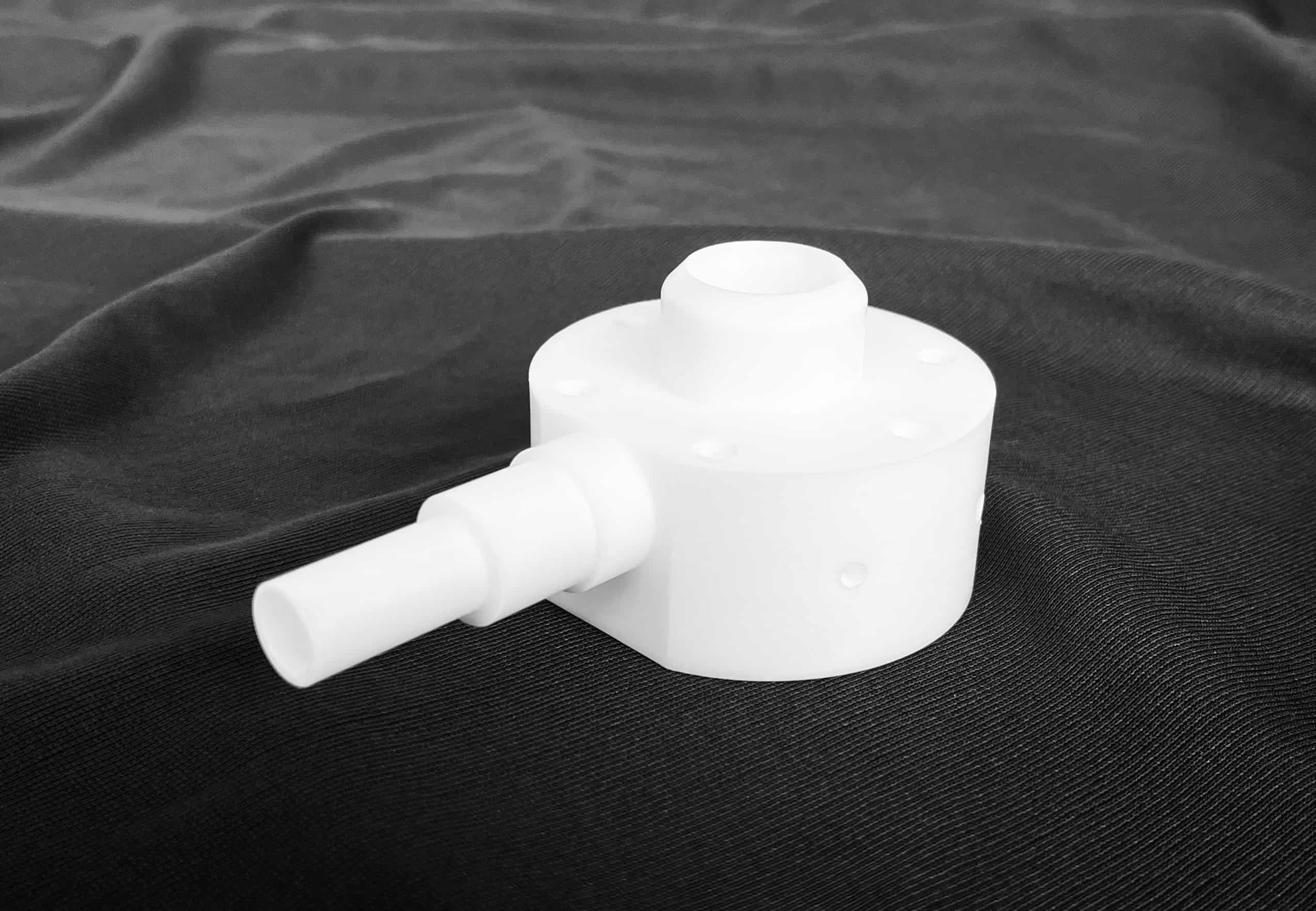When we first started processing high-performance plastics, it seemed impossible for anything to match the versatility and high-performance capabilities of PTFE. However, when we developed PEEK, we realized that while PTFE does have a significant range of unmatched characteristics, PEEK surpassed it on out-and-out strength parameters. For a while, it did seem like PEEK was a good as it got with regards to robust polymers capable of withstanding immense loads at high temperatures.
When we explored further along high-performance polymers, however, we found that the universe of such materials is constantly expanding, yielding newer polymers that slowly become more mainstream. Standing out among these, is polyimide.
Not to be confused with polyamide – which is the name for nylon – polyimide is more commonly known by its trade names, such as Vespel and Kapton. Polyimide, a versatile polymer, has gained significant attention in various industries due to its exceptional properties and wide-ranging applications.
This article delves into the processing methods employed for polyimide, explores its key properties, and highlights the advantages that make it a sought-after material in numerous fields.
Polyimide processing Method:
Polyimide can be processed using several techniques, including:
Solution Casting: This method involves dissolving the polyimide in a solvent to create a solution that can be cast into various shapes. Solution casting offers flexibility in producing thin films, coatings, and fibres, making it suitable for applications in electronics, aerospace, and flexible displays.
Compression Moulding: Compression moulding involves placing polyimide granules or powder into a mould and applying heat and pressure to create the desired shape. This technique is commonly used in the production of high-strength, high-temperature-resistant components such as gears, seals, and electrical insulation. A similar process is employed in making PEEK; however, the exception is that by using higher pressures (in excess of 3000 Bar), the polyimide powders can be compressed like PTFE and sintered in batches in an oven. This significantly increased productivity as compared with PEEK, where a single bush or rod can take anywhere from three to five hours to mould.
Film Extrusion: Polyimide pellets or powder are melted and extruded through a die to form continuous sheets or films. Film extrusion enables the production of thin, uniform polyimide films, widely utilized in the electronics industry for flexible circuits, insulating layers, and display components.
Injection Moulding: This method involves melting the polyimide and injecting it into a mould under high pressure. Injection moulding allows for the production of intricate and complex shapes, making it ideal for manufacturing components like connectors, switches, and automotive parts. However, the processing conditions for polyimide require high temperatures and the release of corrosive gases. Hence, care needs to be taken on the mould development, the equipment used for moulding, and the overall handling of the material.
Properties of Polyimide polymer:
Thermal Stability: Polyimide possesses excellent thermal stability, retaining its mechanical and electrical properties at high temperatures, typically up to 500°C (932°F). This property makes it suitable for applications in aerospace, automotive, and electronics industries.
Chemical Resistance: Polyimide is highly resistant to a wide range of chemicals, including solvents, acids, and bases. This resistance enables its use in harsh environments, such as chemical processing, where resistance to corrosive substances is crucial.
Mechanical Strength: Polyimide exhibits exceptional mechanical strength and rigidity, making it resistant to deformation and capable of withstanding high loads. Its strength allows for the production of lightweight yet durable components.
Electrical Insulation: With its excellent electrical insulation properties, polyimide serves as an effective dielectric material in applications requiring insulation against high voltages and frequencies, such as electrical motors, transformers, and circuit boards.
Advantages of Polyimide material:
High Temperature Resistance: Polyimide maintains its stability and mechanical integrity at elevated temperatures, enabling its use in demanding applications where other materials would degrade or fail.
Low Outgassing: Polyimide exhibits low outgassing properties, making it suitable for applications in the aerospace industry, where off-gassing could affect the performance of sensitive equipment.
Lightweight: Polyimide's high strength-to-weight ratio makes it an attractive choice for industries that require lightweight materials without compromising on mechanical performance.
Dimensional Stability: Polyimide demonstrates minimal dimensional changes under varying conditions, ensuring consistent performance and reliability over time.
Versatility: Polyimide can be formulated into various forms, including films, fibres, coatings, and adhesives, enabling its use in a wide range of applications, from electronics and aerospace to medical devices and automotive components.
A key issue with polyimide – as with so many high-performance polymers – is that it is expensive. Even compared with PEEK – which costs between 12-50X what a regular polymer like polypropylene or Nylon 6 might cost – polyimide is pricey. Its price can range from 10-15X the price of PEEK. This premium is the reason that it has remained a niche polymer, restricted to thin films and smaller components. However, like PEEK, PTFE, and so many other high-performance plastics, applications that call for polyimide can use nothing else. It is likely that as time goes on and adoption continues, the price of polyimide will gradually reduce, making more suitable for more mainstream applications.




